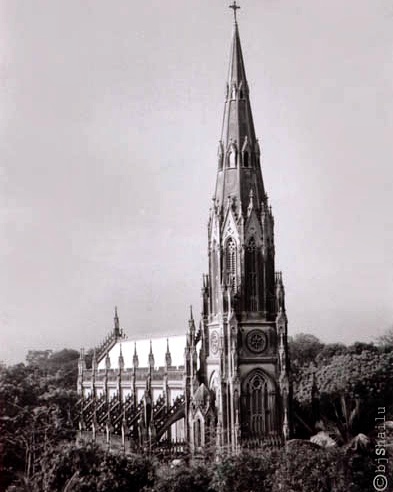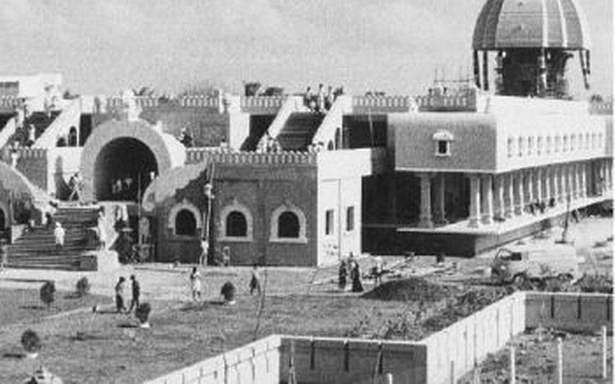Lost Lake of Madras-2
The original extent of the tank is not clearly recorded, but from the old maps it is possible to guess that it was roughly bounded by the present Tank Bund, Valluvar Kottam, Kodambakkam High and Mahalingapuram Main roads. Once a vast waterbody serving the needs of the Nungambakkam village, but the years it had shrunk, and now there is no tank, only a congested clutter of buildings just as what you’ll see where the other important tanks of the city were none of them exist in today’s concrete jungle.
A part of the reclaimed land came to house the first Corporation High School, inaugurated in 1926. In 1958, a part of the lake land was allotted to Bala Bhavan, a school founded by the Nungambakkam Ladies Recreation Club. In 1963, the school renamed itself the Padma Seshadri Bala Bhavan and became the nucleus of the PSBB chain. At the westernmost end of the Tank, 54 acres were reclaimed earlier for the Loyola College campus and in 1974 what was left of the Tank was reclaimed to give the city the Valluvar Kottam campus alongside Tank Bund Road. 😱




